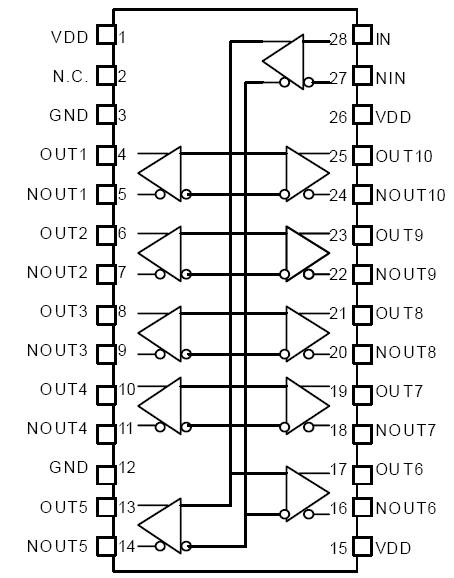TQ8710: Features: • 1.5 GHz or 2.7Gb/s• Single +3.3V Power Supply• Differential LVPECL/ECL levels• 50ps output-output skew• 1pS RMS additive jitter• Off-chip input termin...
floor Price/Ceiling Price
- Part Number:
- TQ8710
- Supply Ability:
- 5000
Price Break
- Qty
- 1~5000
- Unit Price
- Negotiable
- Processing time
- 15 Days
SeekIC Buyer Protection PLUS - newly updated for 2013!
- Escrow Protection.
- Guaranteed refunds.
- Secure payments.
- Learn more >>
Month Sales
268 Transactions
Payment Methods
All payment methods are secure and covered by SeekIC Buyer Protection PLUS.

 TQ8710 Data Sheet
TQ8710 Data Sheet






